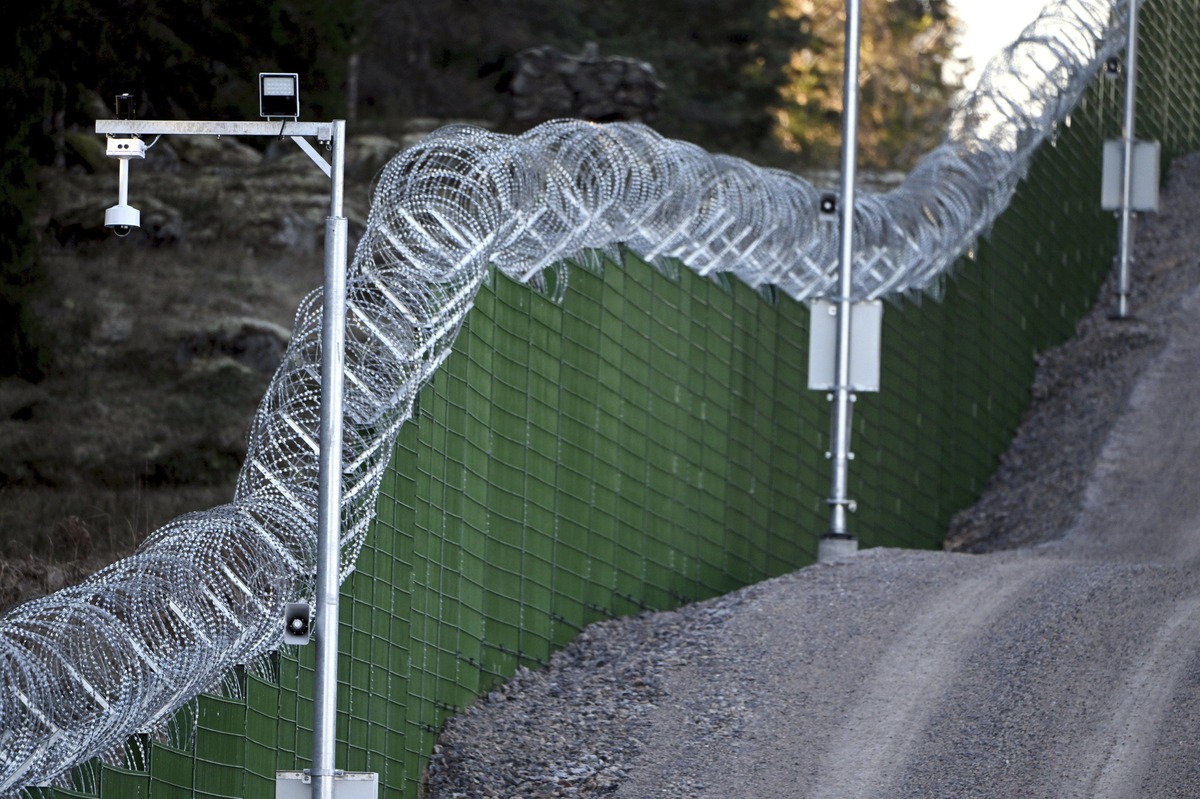18 April 2025
Larry C. Johnson
Marco Rubio announced: if there are no signs of peace in the coming days, the United States will stop playing mediator between Russia and Ukraine.
Marco was not offering his personal opinion… he was delivering a message approved by Donald Trump. The United States has given the Europeans and Ukrainians a deadline to end their efforts to sabotage a peace deal with Russia. If they refuse, the United States is going to pull chocks and focus its attention on Iran and China. Marco gave the same message to Mark Rutte:
U.S. Secretary of State Marco Rubio informed NATO Secretary General Mark Rutte of a new peace proposal delivered to the Ukrainian delegation in Paris and to Russian officials by phone. In a statement released by State Department spokesperson Tammy Bruce, Rubio expressed President Trump’s hope that the proposal will lead to a lasting peace in Ukraine.
However, he warned that if a clear path toward peace does not emerge soon, the United States will withdraw from its role as mediator.
Marco Rubio dropped a bombshell on Friday as he departed Paris, following talks with European and Ukrainian representatives:
However, he warned that if a clear path toward peace does not emerge soon, the United States will withdraw from its role as mediator.
Although the United States continues to provide some support to Ukraine’s fight with Russia, President Trump apparently has decided to disengage, not abruptly, but methodically from the war. The US is shutting down operations at the airfield in Poland, which has been a major supply hub for Ukraine. No additional supplies of weapons and vehicles are being sent to Ukraine. Donald Trump rejected Zelensky’s plea for more Patriot missile batteries. There are only two big shoes left to drop — i.e., withdrawal of US military and intelligence personnel from Ukraine, and an end to intel sharing, particularly intelligence surveillance and reconnaissance (ISR) data that is used to program Ukrainian missiles aimed at Russia.
Russia, for its part, reacted with nonchalance to the news. Putin and his national security team are placing a higher priority on reestablishing diplomatic and economic relations with Trump. Given the warm welcome that Italy’s Prime Minister received in her Thursday meeting with President Trump, the Kremlin realizes that the fissures within the European Union and NATO are growing and that aid the coalition of the willing has promised to Ukraine is not likely to materialize.
I discussed the latest developments in Ukraine, as well as the upcoming talks on Saturday between Iran and the United States with Nima, and with Judge Napolitano and Ray McGovern:
Larry C. Johnson
Marco Rubio announced: if there are no signs of peace in the coming days, the United States will stop playing mediator between Russia and Ukraine.
Marco was not offering his personal opinion… he was delivering a message approved by Donald Trump. The United States has given the Europeans and Ukrainians a deadline to end their efforts to sabotage a peace deal with Russia. If they refuse, the United States is going to pull chocks and focus its attention on Iran and China. Marco gave the same message to Mark Rutte:
U.S. Secretary of State Marco Rubio informed NATO Secretary General Mark Rutte of a new peace proposal delivered to the Ukrainian delegation in Paris and to Russian officials by phone. In a statement released by State Department spokesperson Tammy Bruce, Rubio expressed President Trump’s hope that the proposal will lead to a lasting peace in Ukraine.
However, he warned that if a clear path toward peace does not emerge soon, the United States will withdraw from its role as mediator.
Marco Rubio dropped a bombshell on Friday as he departed Paris, following talks with European and Ukrainian representatives:
However, he warned that if a clear path toward peace does not emerge soon, the United States will withdraw from its role as mediator.
Although the United States continues to provide some support to Ukraine’s fight with Russia, President Trump apparently has decided to disengage, not abruptly, but methodically from the war. The US is shutting down operations at the airfield in Poland, which has been a major supply hub for Ukraine. No additional supplies of weapons and vehicles are being sent to Ukraine. Donald Trump rejected Zelensky’s plea for more Patriot missile batteries. There are only two big shoes left to drop — i.e., withdrawal of US military and intelligence personnel from Ukraine, and an end to intel sharing, particularly intelligence surveillance and reconnaissance (ISR) data that is used to program Ukrainian missiles aimed at Russia.
Russia, for its part, reacted with nonchalance to the news. Putin and his national security team are placing a higher priority on reestablishing diplomatic and economic relations with Trump. Given the warm welcome that Italy’s Prime Minister received in her Thursday meeting with President Trump, the Kremlin realizes that the fissures within the European Union and NATO are growing and that aid the coalition of the willing has promised to Ukraine is not likely to materialize.
I discussed the latest developments in Ukraine, as well as the upcoming talks on Saturday between Iran and the United States with Nima, and with Judge Napolitano and Ray McGovern:








